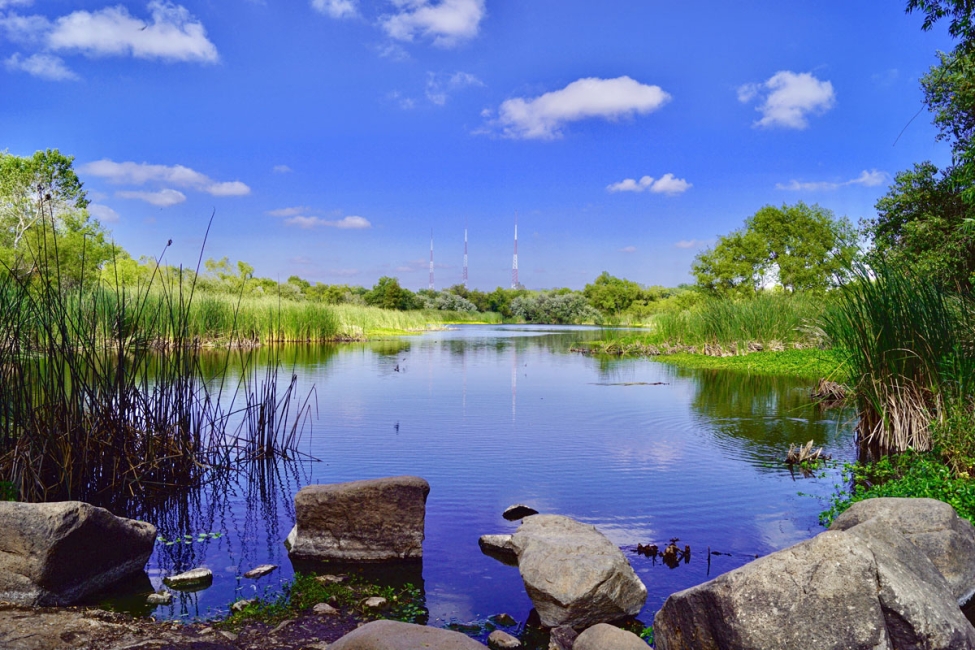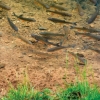
Severe dust storms sweeping across the Great Plains during the early 1930s highlighted how badly America’s soils had been over-worked, and they spurred the first coordinated federal response. Congress passed the Soil Conservation Act on April 27 1935, establishing the Soil Conservation Service (SCS) within the U.S. Department of Agriculture under the leadership of soil scientist Hugh Hammond Bennett, whose dramatic testimony in Washington, D.C. coincided with a dust cloud darkening the Capitol’s sky. The new agency’s mission was simple yet ambitious: help farmers control erosion and rebuild soil health. (nrcs.usda.gov, nrcs.usda.gov)
Federal experts soon realized that lasting success depended on locally led efforts. In February 1937 President Franklin D. Roosevelt asked every governor to pass “district-enabling” laws so farmers could create their own soil conservation districts, pooling local expertise with federal technical assistance. North Carolina’s Brown Creek District became the nation’s first, and within a few years most states had similar entities, each governed by a locally elected board and focused on voluntary, incentive-based conservation. (lincolnswcd.org, nacdnet.org)
As districts multiplied, their leaders saw value in speaking with one voice. On July 25 1946 representatives from 17 states met in Chicago to form the National Association of Conservation Districts (NACD). The new organization provided national advocacy, coordination of training and education, and a platform for sharing ideas among the hundreds of districts that already dotted the countryside. (nacdnet.org)
The post-war decades brought rapid expansion. Today nearly 3,000 conservation districts—many called Soil and Water Conservation Districts (SWCDs)—operate in almost every U.S. county, delivering technical help, cost-share funds, and public education on issues ranging from cover crops to wildfire mitigation. Their closest federal partner also evolved: in 1994 Congress renamed the SCS the Natural Resources Conservation Service (NRCS) to reflect a broadened mission that now encompasses water, air, wildlife, and climate resilience. (nrcs.usda.gov, nacdnet.org)
Eighty-eight years after the Dust Bowl, SWCDs remain the nation’s grassroots conservation engine. Recent dust storms in Illinois, which renewed attention on erosion and prompted fresh debate over state funding for districts, show that their original purpose—protecting soil and water for the public good—remains urgent. (myjournalcourier.com)

 Wetlands are often described as the kidneys of the watershed because they filter, slow, and transform the water that passes through them in ways that …
Wetlands are often described as the kidneys of the watershed because they filter, slow, and transform the water that passes through them in ways that …
 Field inspections of catch basins, manholes, culverts, and outfalls form the foundation of responsible stormwater management. These routine checks giv…
Field inspections of catch basins, manholes, culverts, and outfalls form the foundation of responsible stormwater management. These routine checks giv…
 Habitat disruption around drainage structures is often subtle at first, and many of the earliest signs tend to appear during ordinary field work rathe…
Habitat disruption around drainage structures is often subtle at first, and many of the earliest signs tend to appear during ordinary field work rathe…
 Harmful algal blooms have become one of the most pressing water quality problems in many regions, and their rise has been linked to a complicated blen…
Harmful algal blooms have become one of the most pressing water quality problems in many regions, and their rise has been linked to a complicated blen…
 The Salton Sea is one of California’s most unusual and tragic landscapes, a place shaped by accident, transformed by ambition, and ultimately pu…
The Salton Sea is one of California’s most unusual and tragic landscapes, a place shaped by accident, transformed by ambition, and ultimately pu…
 *The screenshots used in this article are from Roadwurx, an asset management software created for road maintenance departments. Managing a town’…
*The screenshots used in this article are from Roadwurx, an asset management software created for road maintenance departments. Managing a town’…